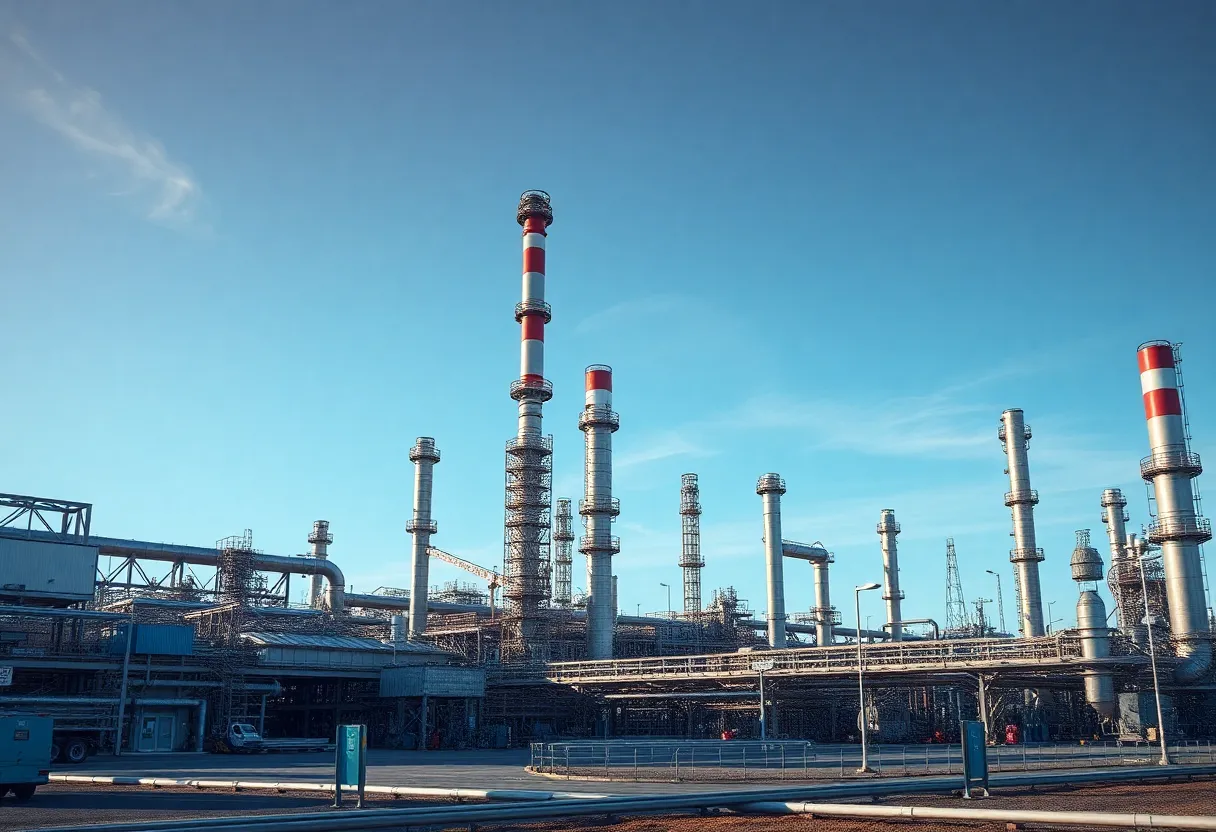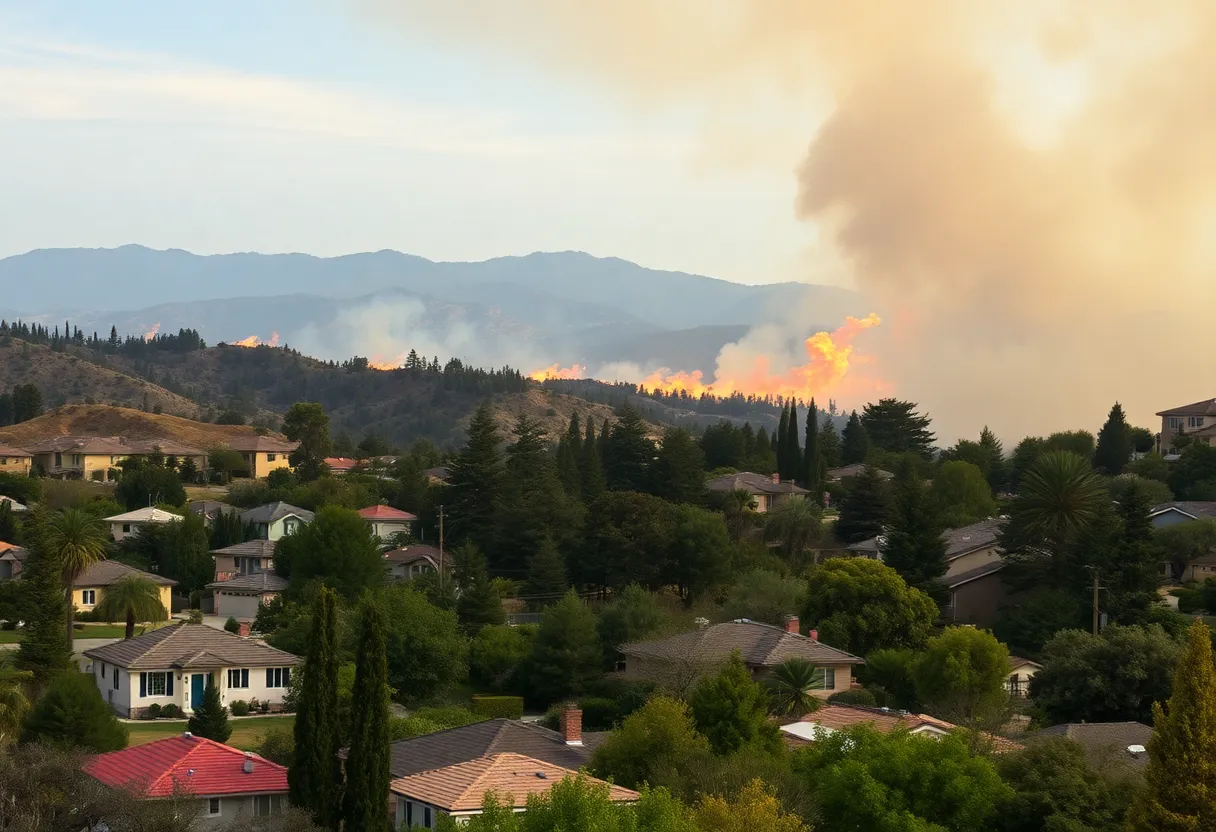News Summary
Valero Energy Corp. announced a $1.1 billion writedown on its California oil refineries, prompting concerns about the state’s fuel production future. The company plans to permanently shut down its San Francisco-area refinery by April 2026, raising questions about its other facility in Los Angeles. California’s refining landscape is changing significantly, as nearly one-third of its capacity is expected to close by mid-2026, impacting gasoline prices and supply stability amid ongoing discussions with state authorities.
Valero Energy Under Pressure: $1.1 Billion Writedown Signals Change in California
The city of San Francisco recently witnessed a major shake-up in the energy sector as Valero Energy Corp. announced a staggering $1.1 billion writedown on its California oil refineries. This news raises some big questions about the future of fuel production in California, which happens to be the most populous state in the U.S.
What Does the Writedown Mean?
This pre-tax charge was revealed in a statement on Thursday, indicating that Valero believes the current values of its assets are just not recoverable. If you’re not familiar with the term “writedown,” it essentially means the company has acknowledged that its investments are worth significantly less than what they originally thought. In layman’s terms, it’s like admitting your investment isn’t panning out the way you hoped.
As part of their restructuring, Valero is gearing up to permanently shut down its San Francisco-area refinery by April 2026. Sadly, the company’s other facility in Los Angeles could face a similar fate. Valero executives hinted that they’re currently exploring strategic alternatives for the Los Angeles operation. With high operating costs and a web of regulatory hurdles, it appears Valero is considering winding down its California operations completely.
A Broader Trend in California
Before you get too concerned, it’s important to recognize that by mid-2026, California is on track to close nearly one-third of its refining capacity from the beginning of this decade. This development could mean bad news for drivers in California, who already deal with the highest gasoline prices in the nation. It’s reported that gasoline prices are averaging almost $5 per gallon, which is over 50% higher than the national average.
Part of what’s causing these soaring prices are California’s unique fuel standards and frequent disruptions due to refinery breakdowns. It can feel like a perfect storm for motorists who may already be pinching pennies at the pump.
Dialogues with the California Energy Commission
In light of these challenges, it appears Valero executives have been proactive, discussing strategies with the California Energy Commission aimed at softening the blow of reduced fuel production. California Governor Gavin Newsom has also emphasized the importance of the commission working closely with the oil industry to ensure that fuel supplies remain stable and that local refining capabilities are maintained.
The Impact of Closing the Benicia Refinery
The refinery in Benicia is set to close around the same time as the San Francisco-area facility and has a significant processing capacity of 145,000 barrels of oil per day, representing roughly 9% of California’s crude oil refining capacity. Meanwhile, the Los Angeles facility contributes 85,000 barrels per day to the mix.
What’s Next for California’s Gasoline Demand?
Interestingly, while the demand for gasoline in California is slowly starting to decline, it’s expected to persist for several more years. Even with changing consumer habits, new regulations and rising costs for refiners due to California’s aggressive climate policies add layers of complexity and uncertainty to the market.
Additionally, California’s reliance on imported oil from Latin America and the Middle East complicates the situation even further, putting upward pressure on fuel prices. Some industry representatives have criticized the narrative that points fingers at federal policies for promoting instability. They argue that it is primarily state policies which create barriers for fuel manufacturers in California.
Conclusion
As it stands, the changes unfolding in California’s refining landscape underscore a tumultuous period for energy production in the state. With ongoing discussions between key players and heightened scrutiny on the economic implications, the path forward remains murky. In the meantime, California motorists brace for potentially bumpy times ahead at the fuel pump.
Deeper Dive: News & Info About This Topic
- Reuters: Valero to Shut Benicia Refinery
- Business Wire: Valero Notice to California Energy Commission
- P&GJ: Newsom Seeks to Aid Struggling Refiners
- Mercury News: Valero Signals Uncertainty for California Refinery
- Google Search: Valero Energy

Author: Anaheim Staff Writer
The Anaheim Staff Writer represents the experienced team at HEREAnaheim.com, your go-to source for actionable local news and information in Anaheim, Orange County, and beyond. Specializing in "news you can use," we cover essential topics like product reviews for personal and business needs, local business directories, politics, real estate trends, neighborhood insights, and state news affecting the area—with deep expertise drawn from years of dedicated reporting and strong community input, including local press releases and business updates. We deliver top reporting on high-value events such as major conventions at the Anaheim Convention Center, including NAMM and VidCon, exciting games at Angel Stadium and Honda Center, and developments at Disneyland Resort Our coverage extends to key organizations like the Anaheim Chamber of Commerce and Visit Anaheim, plus leading businesses in hospitality, entertainment, and innovation that power the local economy As part of the broader HERE network, including HERECostaMesa.com, HEREHuntingtonBeach.com, HERESantaAna.com, and HERELosAngeles.com, we provide comprehensive, credible insights into Southern California's dynamic landscape.




